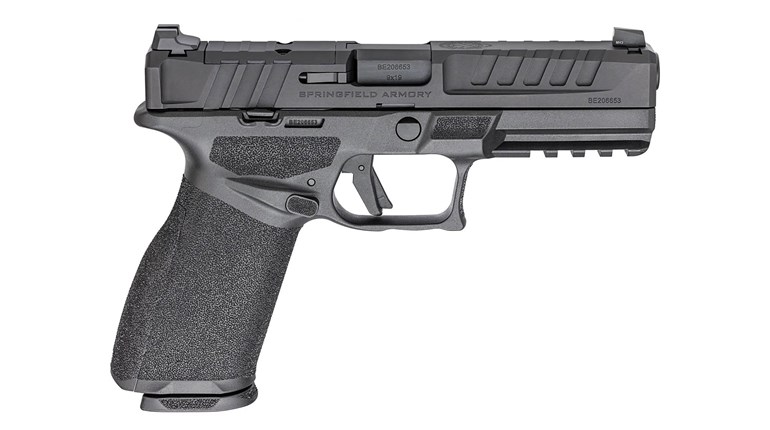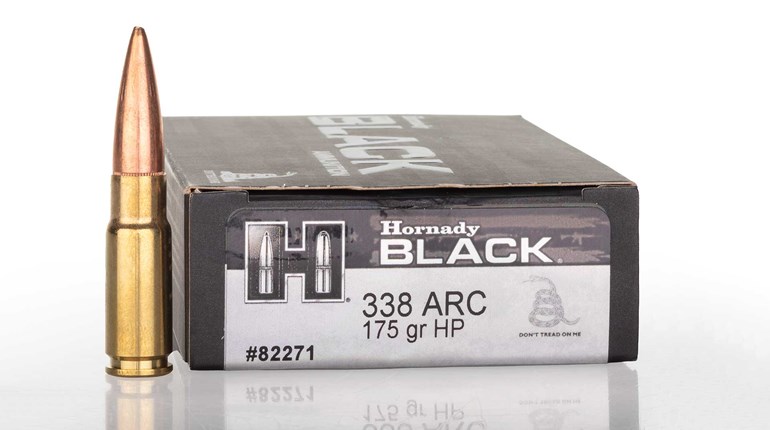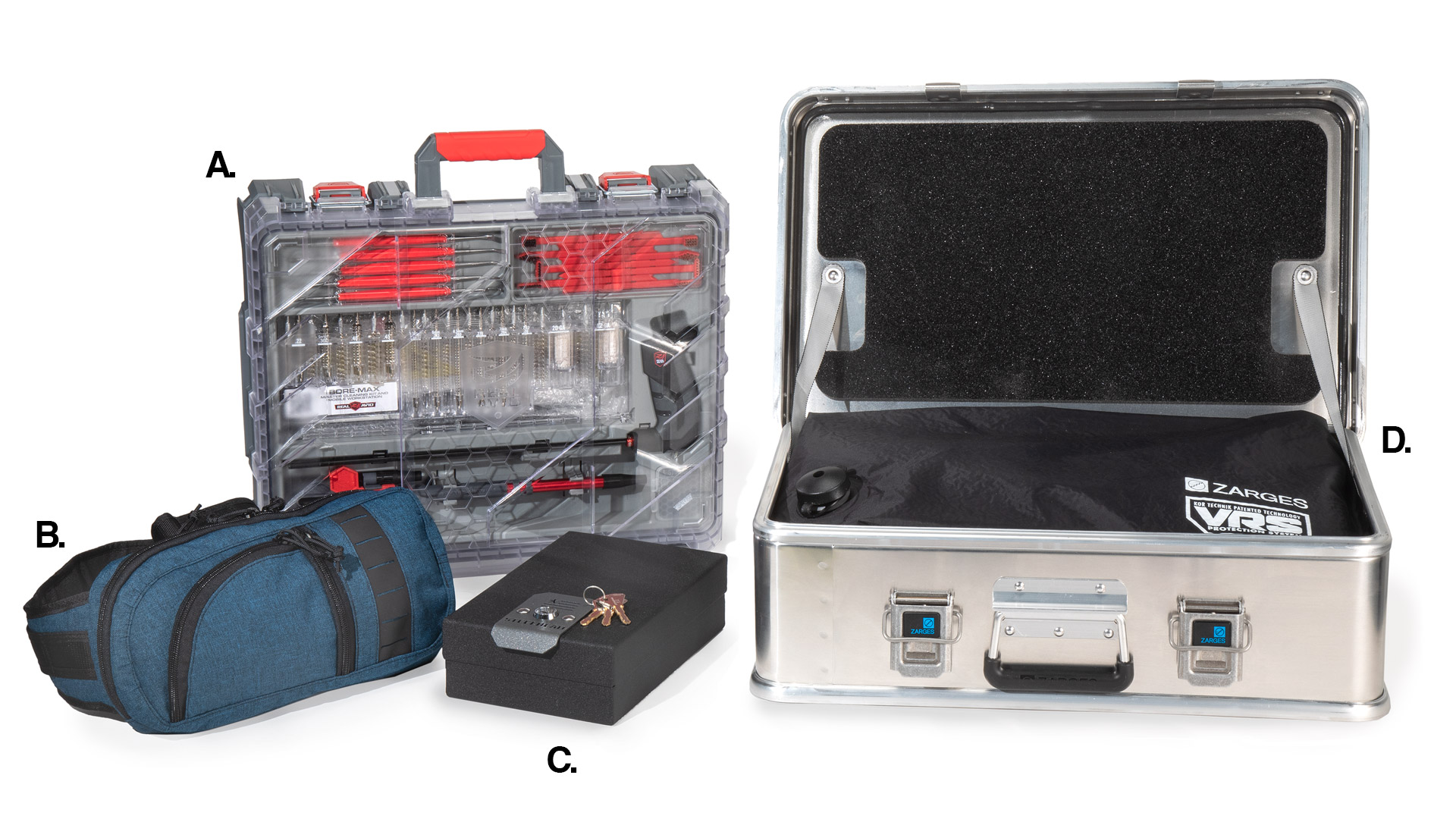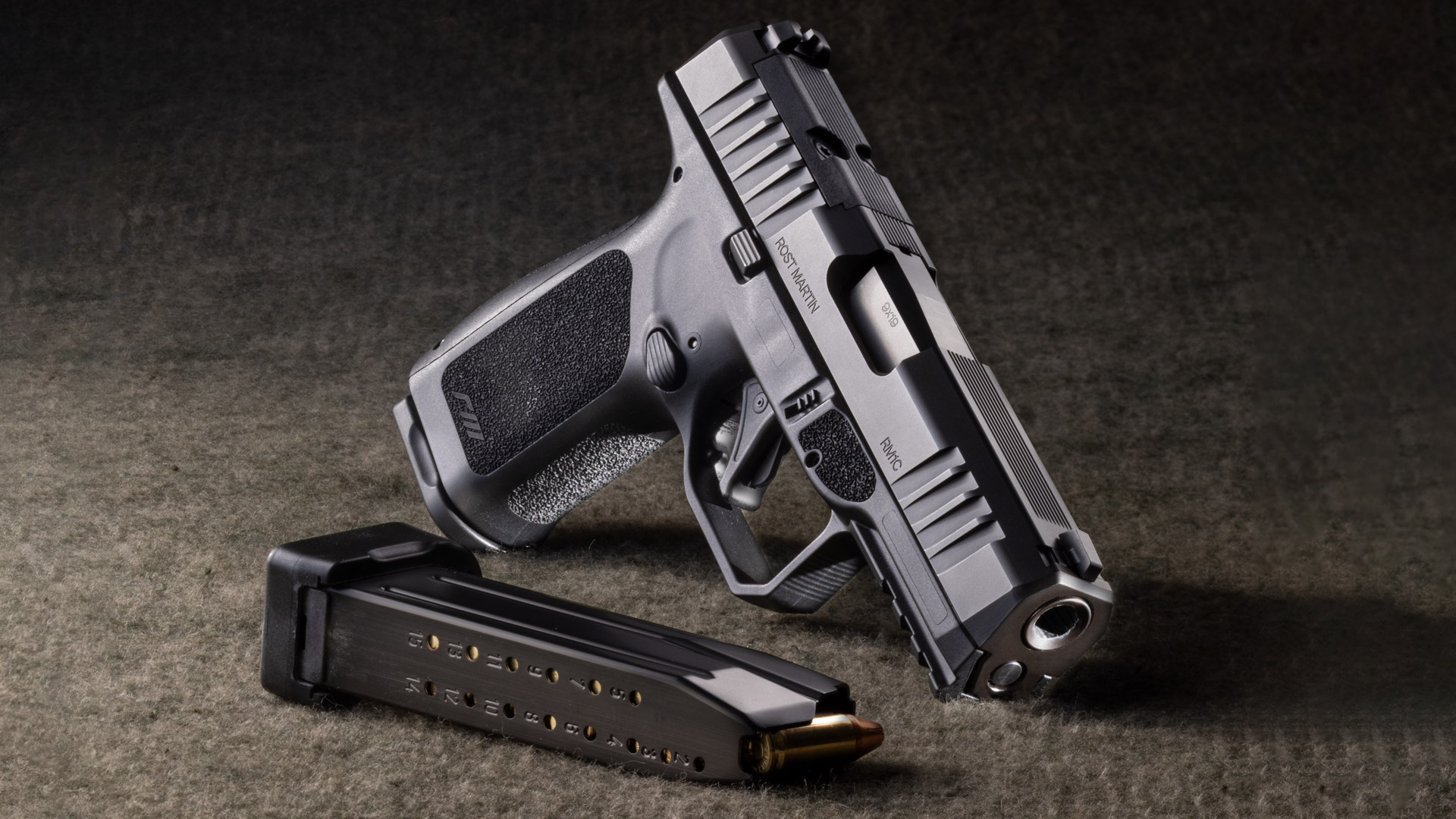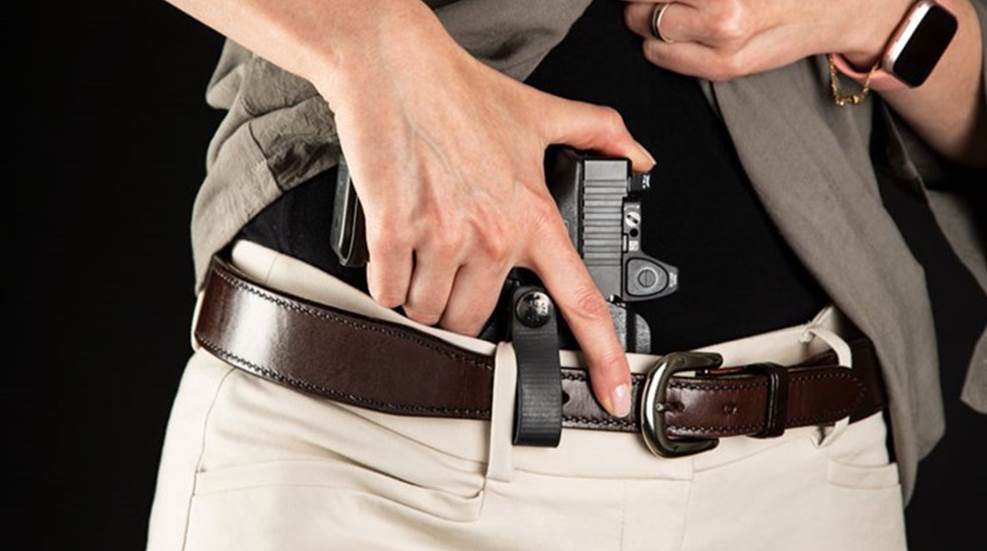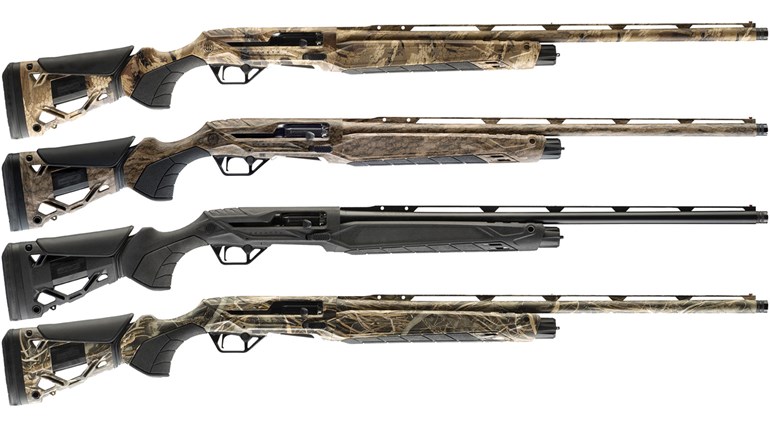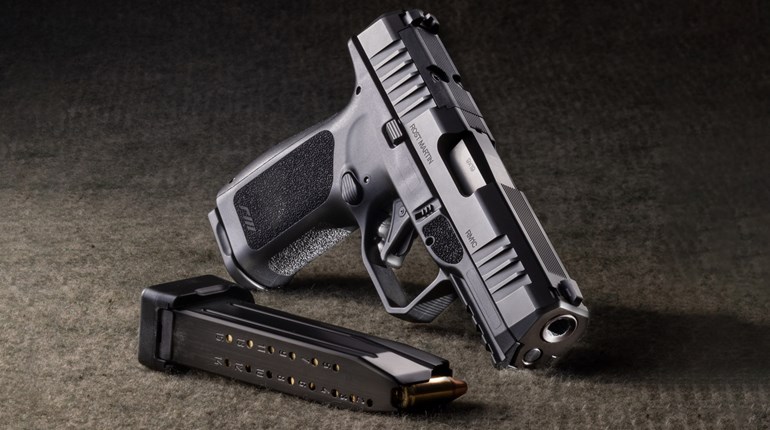
By now, you’ve probably settled on reloading tools and an inaugural set of components and have likely been to the range to test your very first handloads. If you’ve followed sound advice, your rounds probably went pop and hit the paper, which is an excellent place to start. Still, handloading gives the shooter full control over the rounds they send downrange, so if you’re not 100% satisfied with the accuracy or the function of those cartridges, there are plenty of avenues for improvement.
Vary the Powder Charge
The first place to begin load refinement is with the powder charge. Many new handloaders don’t realize this, but a change of even half of a grain will yield a substantial impact on overall consistency. The science behind this phenomenon revolves around the principles of harmonics. Every time you press the trigger, your barrel whips. When you change the amount of gunpowder involved with creating this motion, you are essentially tuning the barrel to a particular bullet.
When loading average-sized rifle rounds, the best practice is to bring sets of five cartridges loaded in increments of 0.3 grains to the range for group testing. For standard handgun cartridges, you’ll want to cut the step size down to just 0.2 or even 0.1 of a grain, as these use significantly less powder to get the job done. On a calm day, from a benchrest position, shoot each set and allow the barrel to cool in between. Also, when resting handguns, be sure to keep your hands clear of the action and do your best not to allow the barrel to contact your rest, as that will also change harmonics (think of holding a fret on a guitar).
If your gun isn’t cycling perfectly with your new rounds, the same process could rid you of your reliability woes. In most cases, as you add gunpowder, you also add working pressure. This additional pressure could be exactly what the action needs to open wide enough to eject a spent case and pick up a fresh round from the magazine. If either of these issues sounds familiar, going up even just one step can solve your problem.
Change the Length
Just like powder, small changes to overall length will also affect accuracy. Generally, getting your bullet closer to the lands will always have a positive effect, just so long as the magazine allows for feeding of elongated cartridges.
Tools like the Hornady Overall Length Gauge are excellent for determining your optimal seating depth and are a worthwhile investment even if you only plan to load for a single firearm. This tool employs a cartridge-specific modified case that has a widened neck, which allows a bullet to slide freely within. When the case is screwed onto the tool body, the user will chamber this dummy round and then use the pusher rod to press the bullet into the barrel’s lands. A knurled knob locks the rod in place, allowing the handloader to reference the measurement setting outside the rifle. Some bullets perform best at this measured maximum length, while some do better when sat 0.01 to 0.02 inches deeper into the case, imparting a slight “jump.” To test this, load a series of cartridges of the same powder charge in 0.005-inch length increments and see how they do.
Function can also be aided by a change in overall length. If a cartridge is too short, it will be released from the magazine before it is far enough into the chamber. Stretching the round out eliminates this issue by getting more of the cartridge into the chamber before it loses its support from the feed lips. Of course, overdoing this can cause a problem with the round getting jammed between the two, so easy does it with this correction. Overall length can also play a role in your firearm not going completely into battery. In this case, the ogive, or nose of the projectile, is contacting the lands too soon and holding the action back from closing all the way. Simply shortening things up will alleviate this problem.
Reset
When all else fails, don’t be afraid to start from scratch. Sometimes, the powder and bullet combination that we had in mind simply won’t perform, at least in our particular gun. Changing bullet weight, or even the bullet manufacturer, can be the solution you’ve been chasing, so it’s best to give it a go before you drive yourself crazy. The same holds true for powder, as each has a slightly different burn rate, and you could miss your sweet spot by an immeasurable amount. The possible combinations are nearly endless, so keep trying until you find the perfect one.












